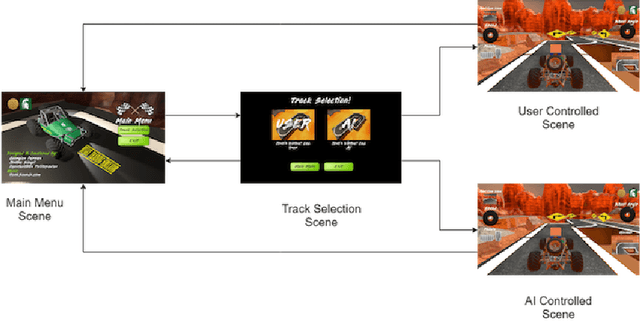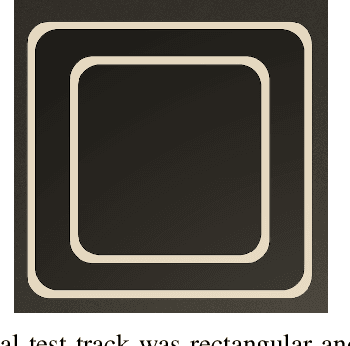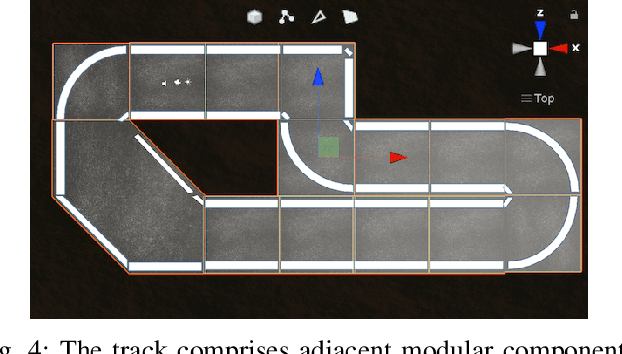Georgios Pappas
Game and Simulation Design for Studying Pedestrian-Automated Vehicle Interactions
Sep 30, 2021



Abstract:The present cross-disciplinary research explores pedestrian-autonomous vehicle interactions in a safe, virtual environment. We first present contemporary tools in the field and then propose the design and development of a new application that facilitates pedestrian point of view research. We conduct a three-step user experience experiment where participants answer questions before and after using the application in various scenarios. Behavioral results in virtuality, especially when there were consequences, tend to simulate real life sufficiently well to make design choices, and we received valuable insights into human/vehicle interaction. Our tool seemed to start raising participant awareness of autonomous vehicles and their capabilities and limitations, which is an important step in overcoming public distrust of AVs. Further, studying how users respect or take advantage of AVs may help inform future operating mode indicator design as well as algorithm biases that might support socially-optimal AV operation.
A gamified simulator and physical platform for self-driving algorithm training and validation
Nov 18, 2019



Abstract:We identify the need for a gamified self-driving simulator where game mechanics encourage high-quality data capture, and design and apply such a simulator to collecting lane-following training data. The resulting synthetic data enables a Convolutional Neural Network (CNN) to drive an in-game vehicle. We simultaneously develop a physical test platform based on a radio-controlled vehicle and the Robotic Operating System (ROS) and successfully transfer the simulation-trained model to the physical domain without modification. The cross-platform simulator facilitates unsupervised crowdsourcing, helping to collect diverse data emulating complex, dynamic environment data, infrequent events, and edge cases. The physical platform provides a low-cost solution for validating simulation-trained models or enabling rapid transfer learning, thereby improving the safety and resilience of self-driving algorithms.
 Add to Chrome
Add to Chrome Add to Firefox
Add to Firefox Add to Edge
Add to Edge